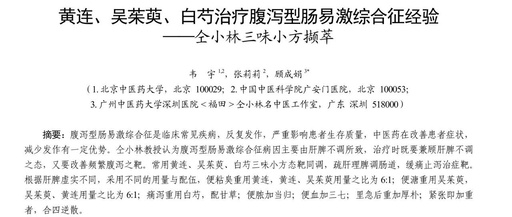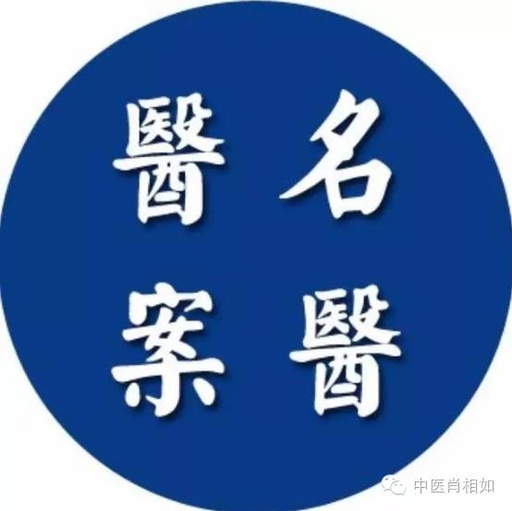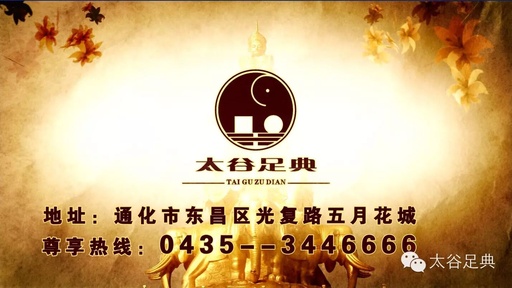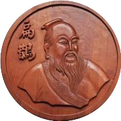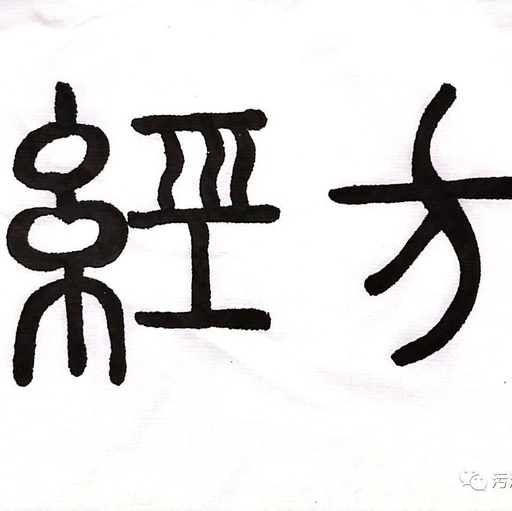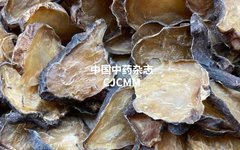Experience in Treating Diarrhea-Type Irritable Bowel Syndrome with Huang Lian, Wu Zhu Yu, and Bai Shao
Follow UsPART.01AbstractSPRING IS COMINGSPRING Diarrhea-type irritable bowel syndrome (IBS-D) is a common clinical condition that recurs frequently and severely affects the quality of life of patients. Traditional Chinese Medicine (TCM) has certain advantages in improving symptoms and reducing episodes. Professor Tong Xiaolin believes that the etiology of IBS-D is mainly due to disharmony between the … Read more

